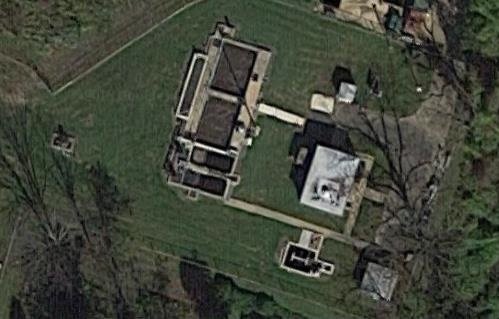Sweet Success at Pennsylvania Plant
Stories of Progress in Achieving Healthy Waters
U.S. EPA Region 3 Water Protection Division
Bryn Athyn, Pennsylvania • October 22, 2015
EPA and the Pennsylvania Department of Environmental Protection (PADEP) helped a small treatment plant in Montgomery County find a solution to high nitrogen levels – simply add sugar and stir.
Just a spoonful of sugar may help the medicine go down, but it takes a daily dose of about 50 gallons of sugar water to help the nitrogen go down at the Bryn Athyn Borough wastewater treatment plant.
The Borough Sewer Department turned to PADEP and the EPA Water Protection Division’s Wastewater Optimization Team when its treatment for high ammonia levels created another problem – elevated nitrogen levels in the plant’s effluent, far in excess of a permit limit due to take effect in January 2016.
After extensive testing ruled out one possible remedy, it was suggested that the plant add a carbon source – essentially brown sugar mixed with water – to fortify the micro-organisms, or bugs, that are key to the denitrification process.
The result? About a 90 percent reduction in total nitrogen – a level under the 10 milligrams per liter included in the January permit. “We started using sugar water and sure enough, things really took off from there,” said Reid Heinrichs, operations manager at the treatment plant.
The Bryn Athyn plant mixes 34, 4-gallon buckets (136 gallons) of granulated molasses with water in a 300-gallon tank. Heinrichs then “doses” the denitrification process with about 25 gallons of the gooey concoction twice a day.
The results have been impressive in consecutive months and Heinrichs is “optimistic” the process will continue to work as well in the winter when the bugs have to adjust to water temperatures that are not as ideal.
Reducing nitrogen in the plant’s effluent is particularly important since the discharge often represents the only flow in a wetlands-like section of Huntingdon Valley Creek.
It would have cost about a half million dollars to alter the plant to remove the nitrogen through conventional means, Heinrichs said. By utilizing the state and EPA expertise, the cost of improvements to date has been about $12,000 and is expected to increase to only about $80,000 when new equipment is installed to automate the process and make it permanent.
- Sweet Success at Pennsylvania Plant (pdf) (677.88 KB, 2015-10-22)

AT A GLANCE
- EPA, PADEP team helps smallwastewater treatment plant cut nitrogenin effluent by about 90 percent.
- Sugary fix saves Bryn Athyn, PA, majorcapital costs.
- Remedy comes in time for new permitwith strict nitrogen limit.
For additional information, contact:
Walter Higgins
Office of Infrastructure and Assistance
U.S. Environmental Protection Agency
Region 3 Water Protection Division
1650 Arch Street
Philadelphia, PA 19103
[email protected]
